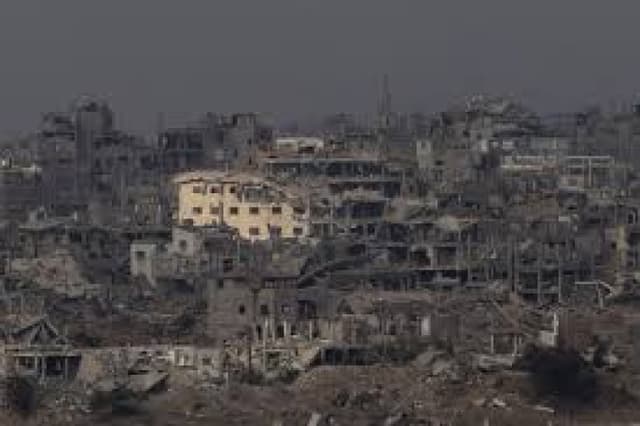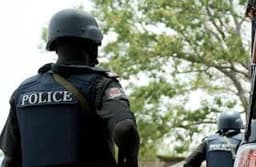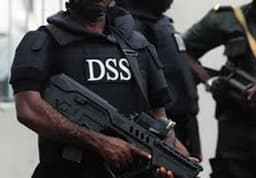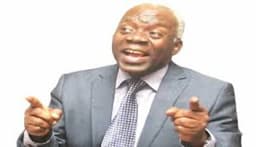
Taipei 101 building in Taiwans capital
The deadly 7.4 magnitude earthquake that hit Taiwan on Wednesday and left at least 9 people dead, also damaged 770 buildings, according to the latest estimates from the islands National Fire Agency (NFA).
In the capital Taipei, just 80 miles away from the epicenter, buildings also shook violently during what was Taiwans strongest earthquake in 25 years. But in a triumph of modern engineering, the soaring Taipei 101, once the worlds tallest skyscraper, emerged from the islands latest seismic event undamaged.
Footage from the quake appears to show the 1,667-foot-tall tower slightly swaying, its structural flexibility helping to counter the powerful motion of the quake. This movement perfectly demonstrated how the skyscrapers single most important defense against earthquakes is the very material it is constructed from: reinforced concrete.
Combining concretes compressive strength with steels tensile strength, the material makes the building flexible enough to sway, yet rigid enough to resist high winds and the typhoons that frequently hit Taiwan. (The principle that buildings can endure seismic forces by moving with them, rather than against them, has underpinned traditional architecture in earthquake-prone East Asian countries for centuries, from Japanese pagodas to Chinese palaces.)
High within the tower, however, another technological innovation helps protect the 101-story skyscraper - a huge orb-like device known as a tuned mass damper.
Suspended from 92 thick cables between the 87thand 92ndfloors, the golden steel sphere can move about 5 feet in any direction. As a result, it acts like a pendulum that counteracts (or dampens) swaying motions.
Its essentially a very large counterweight, explained Stefan Al, author of Supertall: How the Worlds Tallest Buildings Are Reshaping Our Cities and Our Lives, in a phone interview. In the case of Taipei 101, its 660 tons. That seems really heavy, but if you compare it to the overall weight of the building, its just a fraction.
When a building starts to shake, (the tuned mass damper) will move in the opposite direction. In the case of Taipei 101, its suspended¦ so it will lag behind as the tower sways and will absorb the kinetic energy by moving in the opposite direction, Al said, explaining that hydraulic cylinders between the ball and the building convert this energy into heat, which is then dispersed.
Tuned mass dampers are used in skyscrapers around the world, including the super-skinny Steinway Tower in New York and Dubais sail-shaped Burj al-Arab, which has 11 of them. The device crucially protects against the violent motion caused by harmonic vibration, which can cause structural failure during an earthquake, Al said.
(Thats) when buildings start to vibrate at their own resonance, he said, comparing the phenomenon to a tuning fork. This can lead to a collapse, (as the building) will start shaking faster and faster and faster.
Tuned mass dampers, which are also known as harmonic absorbers, are tuned to resonate at the same frequency as the building - but with wavelengths starting earlier or later, helping to dissipate the potentially catastrophic energy.
The stability they provide can also reduce the uncomfortable - or even nauseating - effect swaying can have on a buildings occupants in high winds.
Designed by Taiwanese firm C.Y. Lee & Partners, Taipei 101 was the worlds tallest building from 2004 until 2007, when it was surpassed by the Burj Khalifa in Dubai. An observation deck overlooking its groundbreaking tuned mass damper is now a popular visitor attraction, especially when it moves during strong winds.
The giant sphere is not, however, the only design feature helping stabilize the tower, which stands close to a major fault line.
For one, the skyscraper sits on exceptionally deep foundations - namely 380 reinforced concrete and steel piles drilled down into the bedrock below. Above them, the buildings core is connected to a series of mega-columns, located around its perimeter, via enormous steel outrigger trusses.
The high-rise complies with strict anti-seismic building codes that are as stringent as one might expect on an island located along the Pacific Ring of Fire, which runs around the edge of the Pacific Ocean and causes massive seismic and volcanic activity from Indonesia to Chile.
But while the design also underwent extensive digital modeling and shake table testing (in which scale models are tested on a device that replicates the movement of an earthquake), how a building like Taipei 101 would react to a stronger or closer seismic event remains, to an extent, theoretical.
Even though we have computer simulations, theres still something about the physical that that we cannot really get from digital simulations, said Al, adding: Despite our technological advances, we are still testing (designs) in wind tunnels and shaker tables. (CNN)



























NEWS EXPRESS is Nigeria’s leading online newspaper. Published by Africa’s international award-winning journalist, Mr. Isaac Umunna, NEWS EXPRESS is Nigeria’s first truly professional online daily newspaper. It is published from Lagos, Nigeria’s economic and media hub, and has a provision for occasional special print editions. Thanks to our vast network of sources and dedicated team of professional journalists and contributors spread across Nigeria and overseas, NEWS EXPRESS has become synonymous with newsbreaks and exclusive stories from around the world.